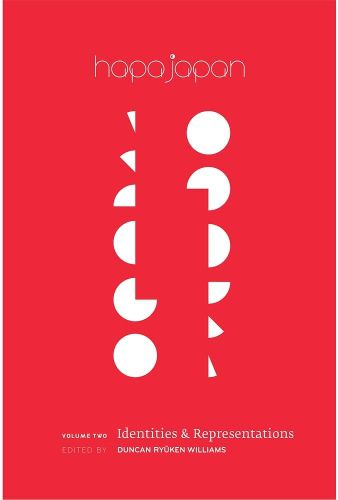Readings Newsletter
Become a Readings Member to make your shopping experience even easier.
Sign in or sign up for free!
You’re not far away from qualifying for FREE standard shipping within Australia
You’ve qualified for FREE standard shipping within Australia
The cart is loading…






The film Kiku and Isamu (1959) was one of the first cinematic depictions of mixed-race children in postwar Japan, telling the story of two protagonists facing abandonment by two different Black GI fathers and ostracism from Japanese society. Bringing together studies of the representations of the Hapa Japanese experience in culture, Hapa Japan: Identities & Representations (Volume 2) tackles everything from Japanese and American films like Kiku and Isamu to hybrid graphic novels featuring mixed-race characters. From Muslim Japanese-Pakistani children in a Tokyo public school to Blasian youth at the AmerAsian School close to a US military base in Okinawa, the Hapa experience is multiple, and its cultural representations accordingly are equally diverse. This anthology is the first publication to attempt to map this wide range of Hapa representations in film, art and society.
$9.00 standard shipping within Australia
FREE standard shipping within Australia for orders over $100.00
Express & International shipping calculated at checkout
Stock availability can be subject to change without notice. We recommend calling the shop or contacting our online team to check availability of low stock items. Please see our Shopping Online page for more details.
The film Kiku and Isamu (1959) was one of the first cinematic depictions of mixed-race children in postwar Japan, telling the story of two protagonists facing abandonment by two different Black GI fathers and ostracism from Japanese society. Bringing together studies of the representations of the Hapa Japanese experience in culture, Hapa Japan: Identities & Representations (Volume 2) tackles everything from Japanese and American films like Kiku and Isamu to hybrid graphic novels featuring mixed-race characters. From Muslim Japanese-Pakistani children in a Tokyo public school to Blasian youth at the AmerAsian School close to a US military base in Okinawa, the Hapa experience is multiple, and its cultural representations accordingly are equally diverse. This anthology is the first publication to attempt to map this wide range of Hapa representations in film, art and society.